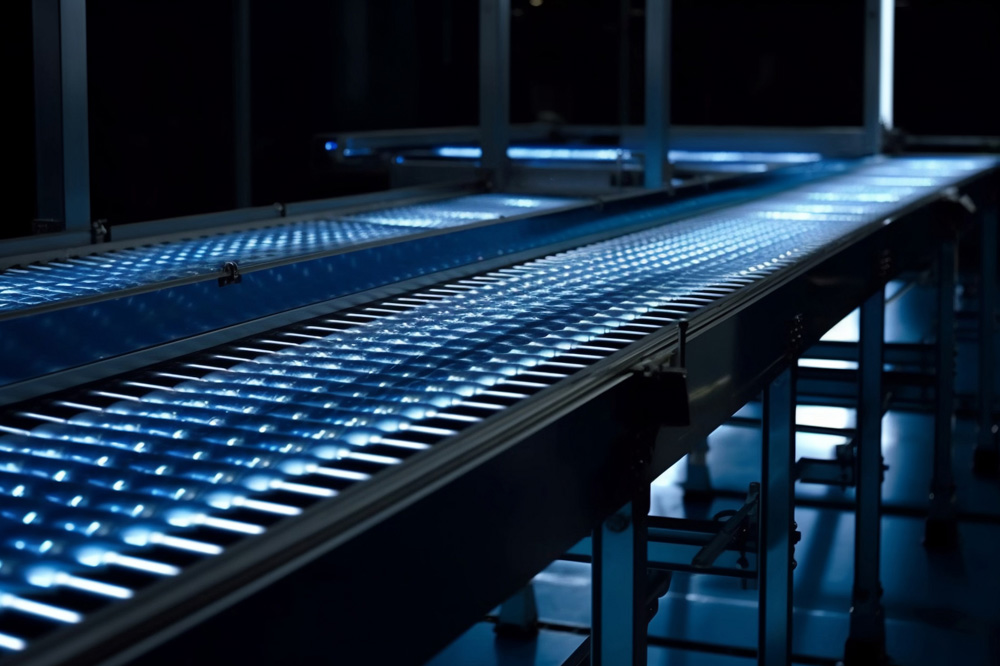

Pre-Operation Preparation
Condition Check: Before starting up, inspect the equipment for cleanliness and ensure that the surfaces of key moving parts, such as linear guideway and lead screws, are free of foreign matter (such as dust, swarf, and water stains). Manually push the slide to check for smooth movement and any unusual resistance or sticking.
Safety Verification: Ensure that all safety guards are intact and properly installed, especially those on the linear guideway and lead screws. Inspect electrical cables and sensor cables for damage, looseness, or pulling.
Environmental Assessment: Avoid operating the equipment in harsh environments with humidity, high temperatures, corrosive gases, or excessive dust. If operation in such environments is unavoidable, install additional protective measures (such as sealed covers, bellows covers, and air purification equipment)
Key Points for Safe Operation
Overloading: Never overload the equipment (including subjecting it to torque or radial forces exceeding its rated value). This can cause permanent damage.
ProperPower-On: Do not disassemble, install, or debug machinery while power is on to prevent accidental startup that could cause personal injury or equipment damage.
RustPrevention: If your hands are sweaty during operation, avoid direct contact with precision components such as linear guideway and lead screws. If necessary, apply a layer of anti-rust oil after touching them for protection.
EmergencyPreparedness: Familiarize yourself with the location of the emergency stop button. In the event of any abnormality (such as unusual noise, severe vibration, or smoke), immediately trigger an emergency stop and shut off the power